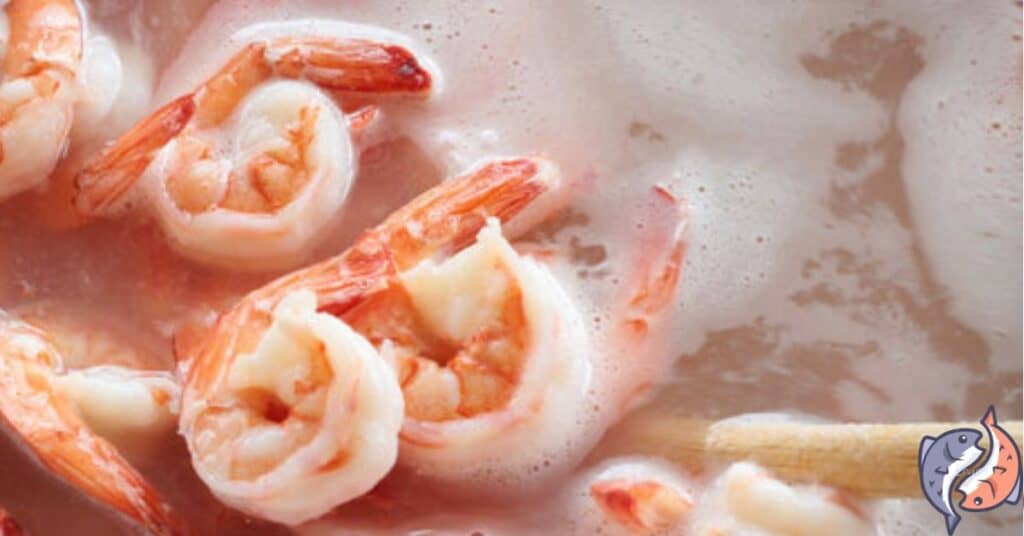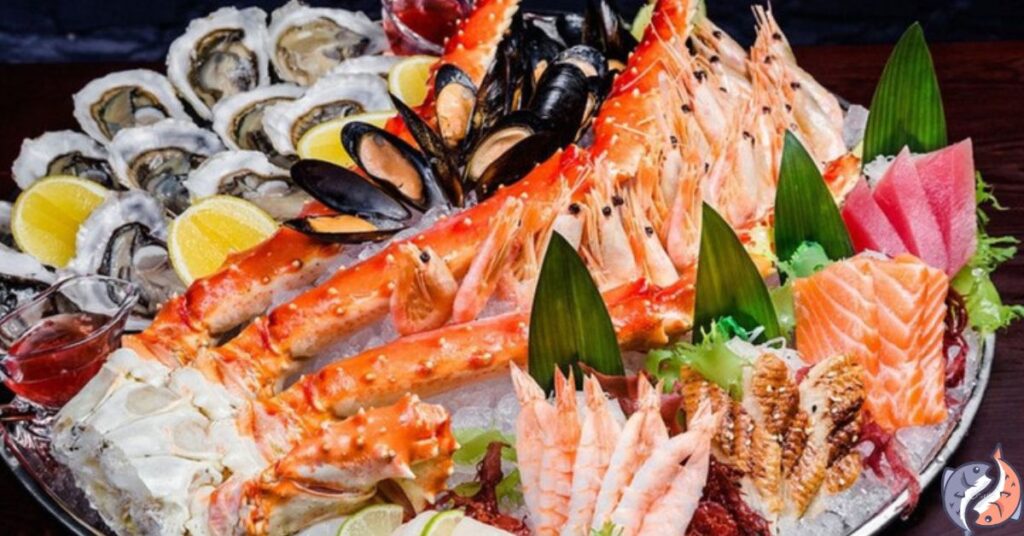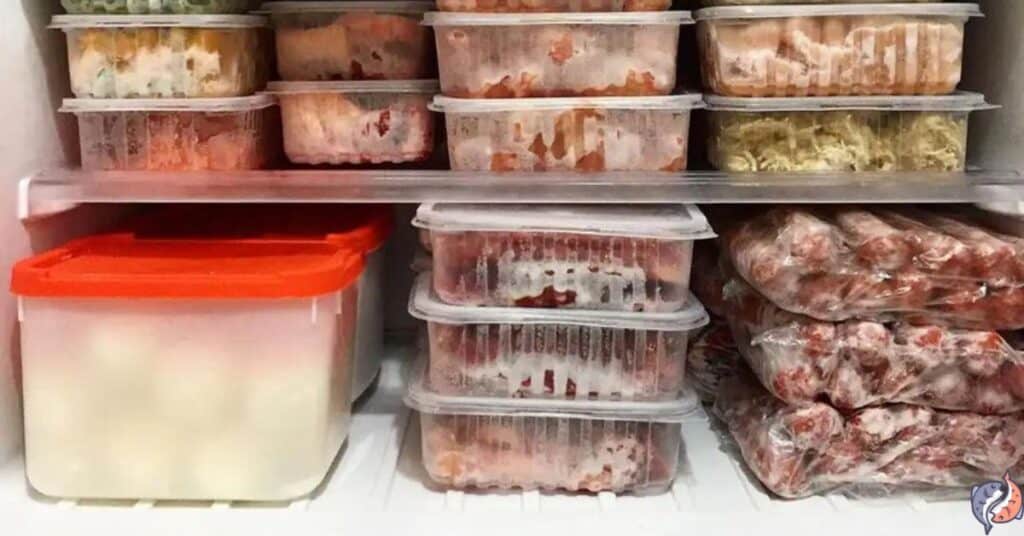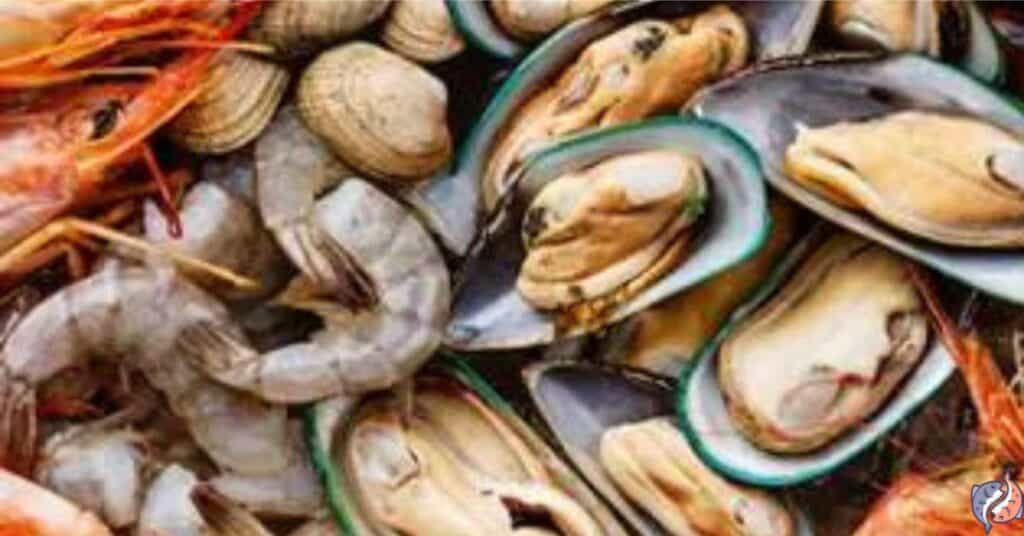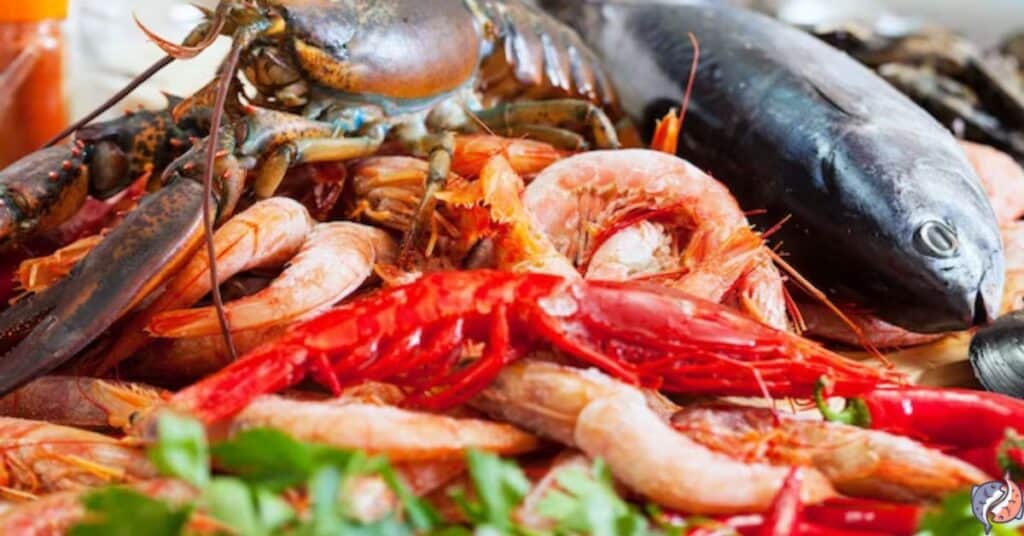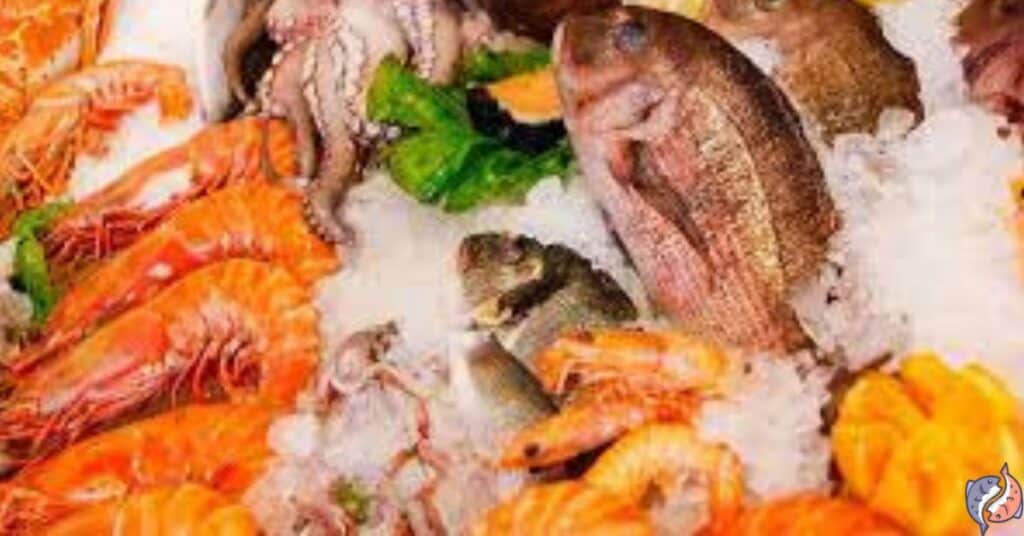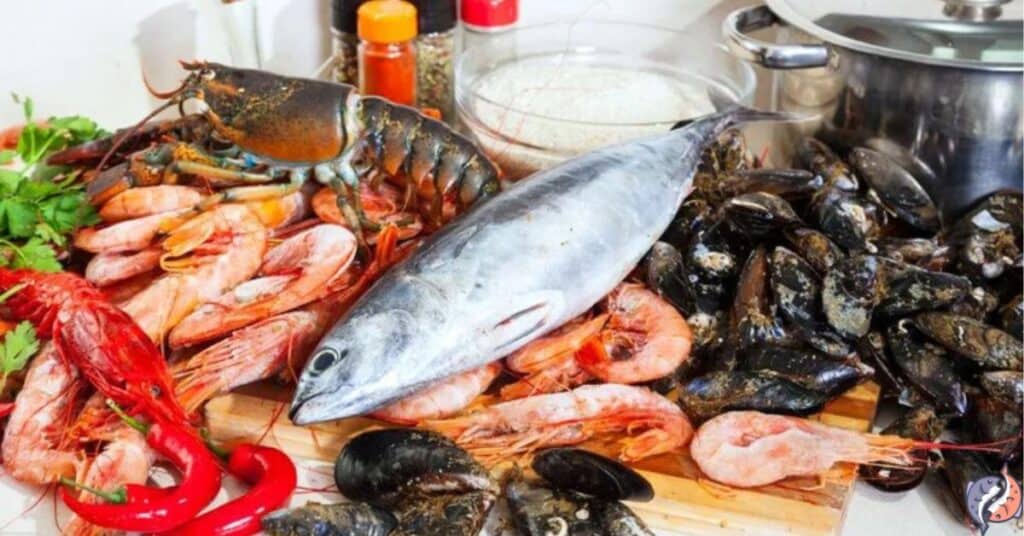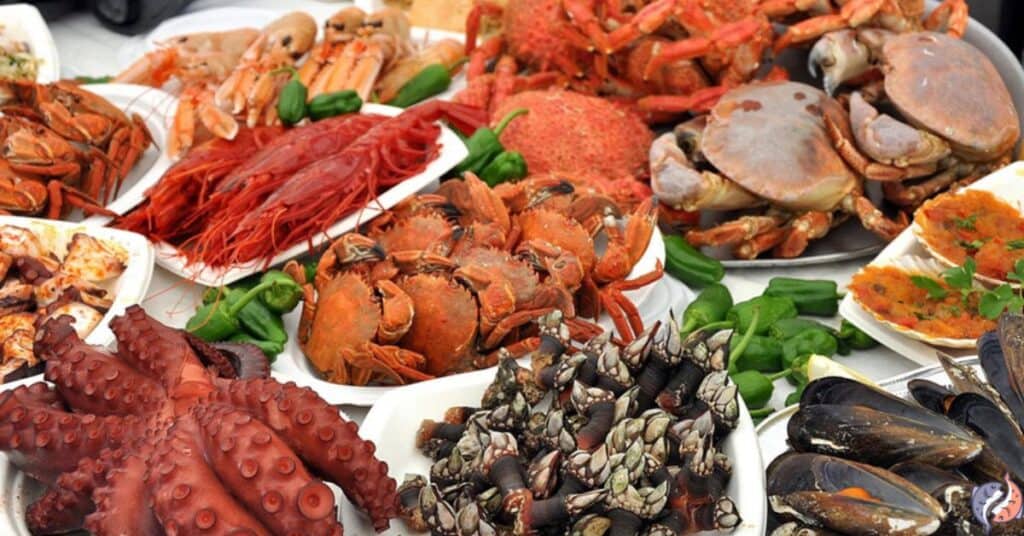How To Reheat A Seafood Boil? DIY
How to reheat a seafood boil?DIY. You can reheat a seafood boil using an oven, stove, microwave, and air fryer. The mingling aromas of shrimp, crab, lobster, and a medley of spices create an unforgettable feast. However, the aftermath of this culinary fiesta often leaves us with a problem on how to reheat the seafood […]
How To Reheat A Seafood Boil? DIY Read More »
